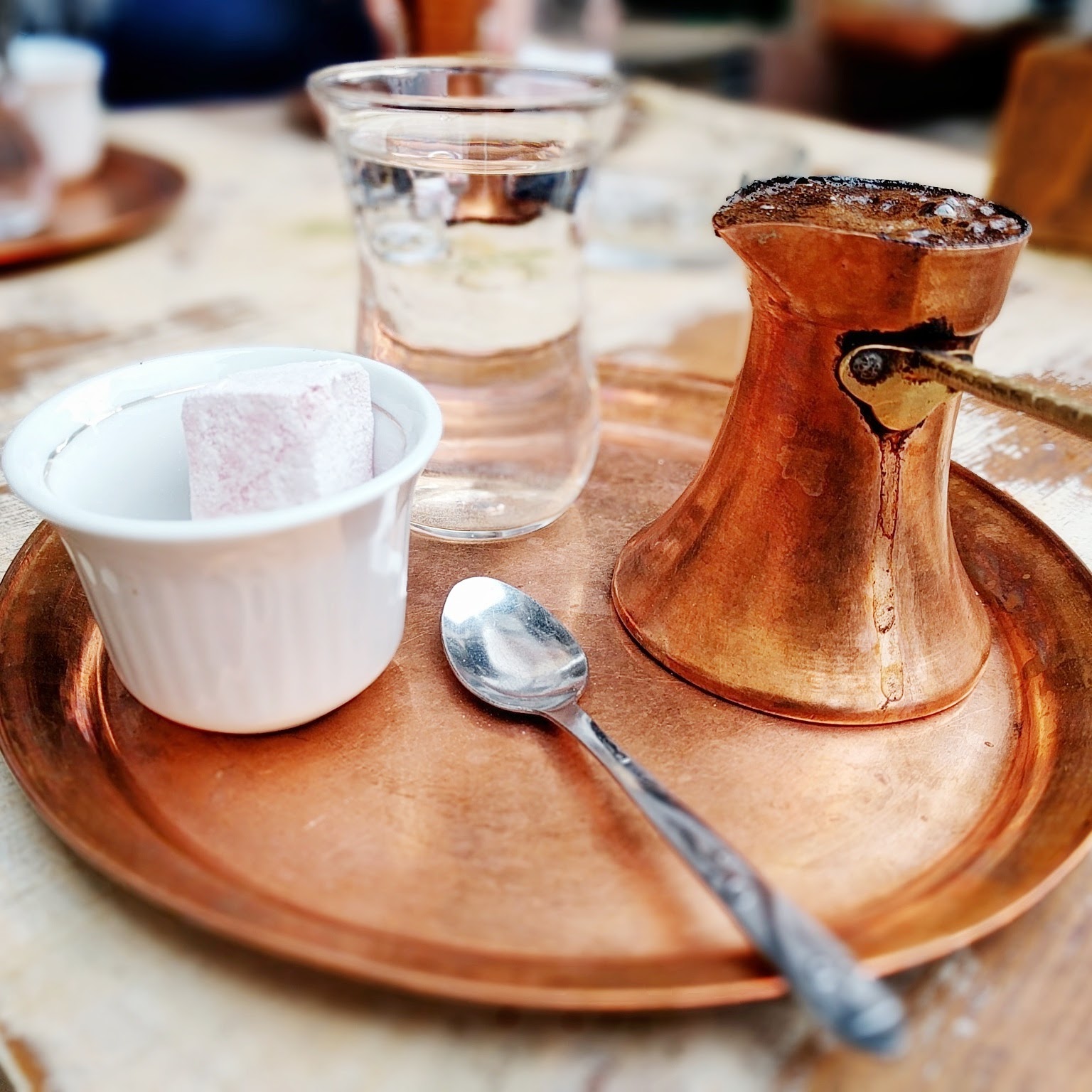Last month in Split, some friends and I decided it would be interesting to rent a car and travel through Bosnia and Herzegovina (BiH), staying a night each in Mostar, Konjic (near the Blidinje National Park), and Sarajevo. I remember growing up and seeing TV news programs about the Bosnian war, humanitarian aid in Sarajevo, and NATO’s bombing campaigns of Bosnian Serb forces. On this trip, I had a chance to re-familiarize my older self with the details of the conflict, as well as explore the beautiful geography of the BiH region.
1. It’s a gorgeous country with a rich history.
We crossed the Hrvatska (Croatia) border into Bosnia i Hercegovina at Sunset along the A1 motorway. I was surprised to see such rugged mountains on that Friday afternoon. Objectively, it made sense, but seeing such a majestic landscape contrasted with what I knew of “war-torn Bosnia,” I immediately reshaped my perceptions of the country. As we parked in Mostar, and walked around the city at night, I realized how many truly ancient buildings there were, and saw some very old mosques doing a final call to prayer. Along with some historic mosques, Mostar has a very famous bridge too (probably one of the main reasons it was designated a UNESCO world heritage site):
2. BiH is surprisingly modern.
In addition to the A1 motorway being in superb shape, BiH also had highway tunnels that were very modern, with ventilation and escape routes, which were probably very recent constructions. This was especially striking as we crossed the border and were greeted with an ultra-modern, completed deserted petrol station with bright lights, a restaurant, and children’s play area. Along with roads, technology was readily available everywhere from SIM cards to very fast Internet access. I suppose much of the country’s infrastructure was destroyed and very recently rebuilt, and this explains much of the modern amenities that I found there. Sarajevo had tons of tall buildings and modern hotels, and even the older part of the city felt more Austro-Hungarian than Balkan.
3. There’s still a lot of political tension amongst ethnic groups.
Staying in Konjic the second night, and Sarajevo on the third night, we could see much more of the tension that existed in the late ’90s and is still evident today. Konjic, a place of strategic important in the war, had a hostel where we stayed (converted to an AirBNB), and you could see how much of the building’s exterior had suffered from the fighting. We also saw huge piles of wood everywhere, reminding us of the coming winter and lack of central heating. In Sarajevo, too, we were reminded of the fighting; we saw the Sarajevo Rose while walking to lunch the first day. Our stop at the Tunnel of Hope showed us just how desperate the city had been under the siege. Despite those reminders, everyone we met was hopeful. We visited the Greek Orthodox church, Jewish Synagogue, and a Mosque all within 100 yards of each other. The Imam told us of how Sarajevo was an example of tolerance these days, and how the city is very proud of its diversity.
In a final reminder of how much has happened in Sarajevo, we visited the old Bobsled and Luge park from the 1984 Winter Olympics, hosted in then-Yugoslavia:
